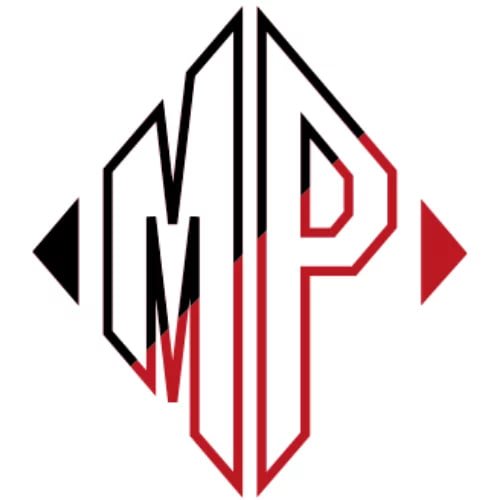Valencia Atlas – Helpful Guide to Access Valencia College Portal | Valencia College. Valencia Atlas is Valencia College’s online portal that connects faculty, students, and staff to the resources they need to succeed.
Valencia College is a public college in Orlando, Florida. It is part of the Florida College System. The college was founded in 1967 as Valencia Junior College and changed its name in 2010 because the academic scope of the school had expanded to include bachelor’s degrees.
Valencia Atlas – Helpful Guide to Access Valencia College Portal | Valencia College
Students can obtain necessary information regarding registration, financial aid, and course planning in their myAtlas account. Students will also have an Atlas email account which is Valencia’s official means of communication with students.
How to log into Valencia Atlas account
To access your Valencia Atlas account,
- Navigate to atlas.valenciacollege.edu.
- Enter your username.
- Enter your password.
- Click Login to access your dashboard.
Valencia Atlas Password and Personal Identification Number (PIN)
A Personal Identification Number (PIN) is a unique password that allows you to access your student records and register for classes electronically. When you establish your Valencia Atlas account, you will be asked to select an alpha-numeric password that will serve as your PIN each time you log in.
Creating a unique PIN will help provide increased security for your student records. You mustn’t forget your PIN since you must enter it every time you log in to Atlas.
If you do forget your PIN, you should follow the directions on the myAtlas home page to re-set your PIN. Your PIN should be kept secure; you should not share it with anyone.
Valencia College Atlas and student email accounts
As an admitted Valencia student, you will be assigned an email account through Atlas; this will be the primary and official form of communication from Valencia to you.
Atlas email is the official form of communication from Valencia College assigned to students. Atlas email accounts follow the format: (first initial) (last name) (given number if there is more than one person in Atlas with the same first initial and last name) @mail.valenciacollege.edu. For example, [email protected].
You should not forward your Atlas email as many Internet service providers filter Atlas email as SPAM, and you may not receive all college communications.
Official Valencia notices and helpful information will be provided to you through your Atlas email, individual course sites, and throughout Atlas as general information.
Atlas allows access to your student records; register for courses; change your schedule and withdraw from courses; review your account and pay fees; view financial aid information; view your grades; obtain degree audits and unofficial transcripts; request official transcripts update your address. Also, you can develop your career and education plans in Valencia College Atlas.
How to register for classes via Valencia Atlas
Students register for class(es) online via their Valencia Atlas account. If you do not have access to a computer at home or work, you may register for courses on campus using any of the Atlas Access Labs.
To register via the web, log in to your Atlas account. If you have not completed the initial account setup, select ‘Sign up for an account and follow the online instructions.
After logging in to your Valencia College Atlas Account:
- Click on the Courses tab.
- Click on registration inside the Registration channel.
- Click on Register for Classes
- Select the registration term and click submit
- Click on Registration Planner to select your classes and create a class schedule (click here to view a 90-second video on the benefits of using the Registration Planner).
- Send your class schedule to your Registration Cart***
- In your Registration Cart, click on register. Suppose this is your first registration attempt for the semester. In that case, you will be prompted to update your Valencia Alerts and submit your Student Enrollment Agreement before you can complete registration – you will need to return to your Registration Cart after submitting the Student Enrollment Agreement to complete registration.
- Pay for your classes by the Fee Payment Deadline indicated in the online Important Dates & Deadline Calendar.
Make sure to Check Your Registration Status (Step 2) to view your registration day and time (Registration Time Ticket) and other information which may impact your registration.
Confirm that you have been successfully registered into all of your classes by clicking on your Student Detail Schedule (you will need to print your Student Detail Schedule to purchase books for your classes).





